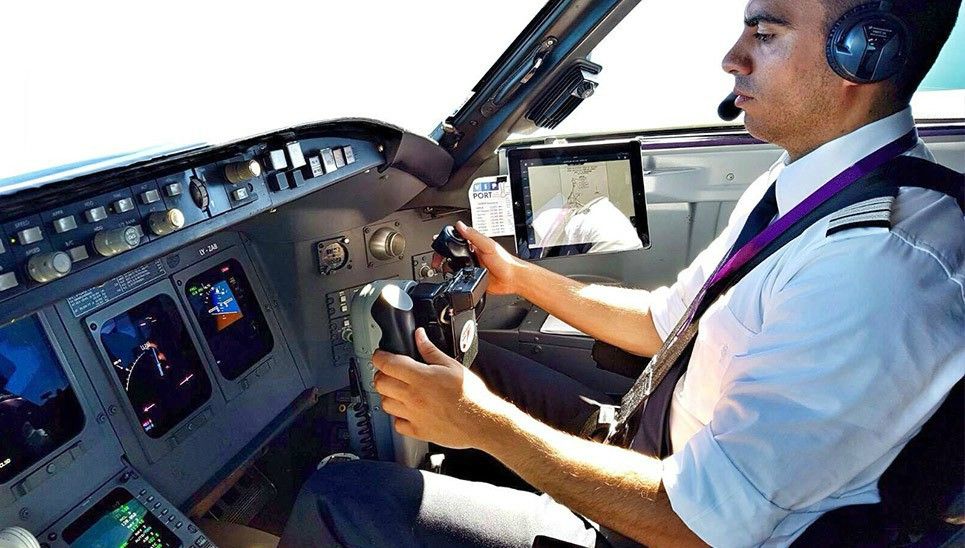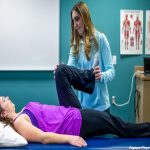If you want to do a job where you can travel while earning a great living, becoming an airline pilot might be a great choice for you. After all, a plane is the most economical way to travel when it comes to going the greatest distances in the least amount of time – especially when you’re flying it! You’ll also get a front-row seat to the best view of your destination!
Business Travel Jobs – How To Become An Airline Pilot

To become a pilot available for hire, you’ll need a commercial pilot certificate. To obtain this, you need to pass commercial pilot ground school and log at least 250 flight hours, with a specific amount of time dedicated to certain conditions and manoeuvres.
Once you have logged your hours and passed the written ground school test, you’ll need to pass a “check-ride,” which is similar to taking a driving test, to obtain an automotive driver’s licence. An examiner of your country’s main aviation service will ask you to plan a flight, quiz you on aviation matters, and then accompany you on a flight. This examiner will ask you to perform certain manoeuvres and will direct your course during the flight. If you do well throughout the “check-ride,” you’ll receive your commercial pilot’s certificate.
However, you need more than just your commercial pilot’s certificate in order to be hired by an airline for these kinds of business travel jobs! You also need the following:
- A first-class or second-class medical certificate
- An instrument rating
- A multi-engine rating
The medical certificate shows that you meet the health and fitness requirements according to an Aviation Medical Examiner. The instrument rating enables you to fly at low visibility due to adverse weather and being in clouds. The process to obtain this instrument rating is similar to obtaining your commercial pilot’s certificate: you need to pass instrument ground school, log a specific amount of instrument flight time, and pass an instrument rating check-ride. The multi-engine rating enables you to fly planes that have multiple engines, which most planes in service have. Again, you’ll need to receive some instruction and pass a check-ride in order to obtain your multi-engine rating.
In addition to the three criteria above, to be the pilot in command of a large commercial aircraft you need an airline transport pilot certificate. You can only obtain this if you meet the following requirements:
- Pass a written test
- Have a first-class medical certificate
- Are at least a high school graduate
- Have logged 1,500 flight hours, with 250 hours as being the pilot in command
Just as importantly, you need flight experience – after all, an airline will not hire an inexperienced pilot, no matter what his/her credentials are. Your flight experience is measured by the following factors:
- The number and complexity of the aircraft you have flown
- The quantity and complexity of the flying you did (such as jet versus propeller, day or night flying, using visibility or only using instruments, etc.)
- The crew positions you have held
To work for a major airline, you’ll need thousands of flight hours. Working at a regional or commuter airline may require fewer hours.
Timing Is Everything
You may have all of the credentials to be an excellent pilot, but if you enter the business travel jobs market at a time where there are few openings for airline pilots, finding a job can be extremely difficult. Unfortunately, you can’t really control the timing of the airline industry as it can fluctuate wildly within the matter of weeks or months, depending largely upon the current cycle in the economy and whether it is a boom or bust period.
If you do find yourself in a shaky business travel jobs market, the best you can do is get trained up to be the best pilot you can be, and continue to gain more experience with flying all types of airplanes. This will enable you to really stand out from the crowd of other new airline pilots, and make it more likely you’ll be hired to earn a solid living while also enjoying the travelling aspects of your perfect job!











